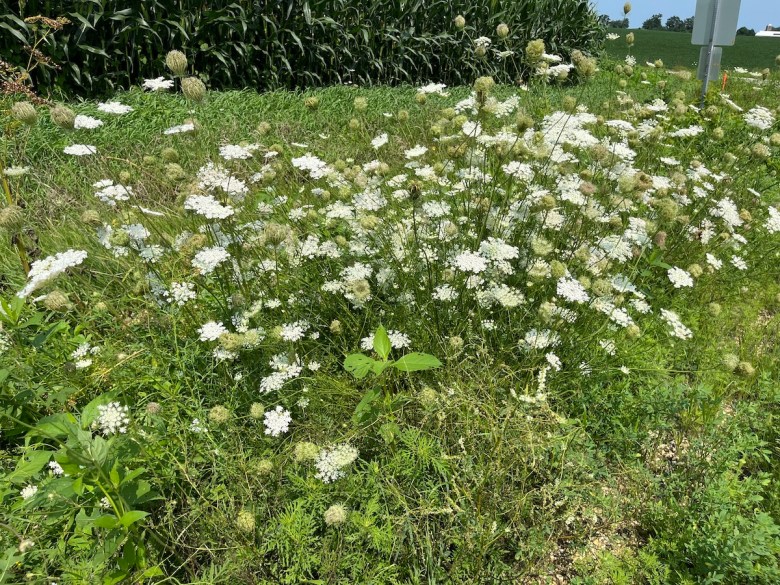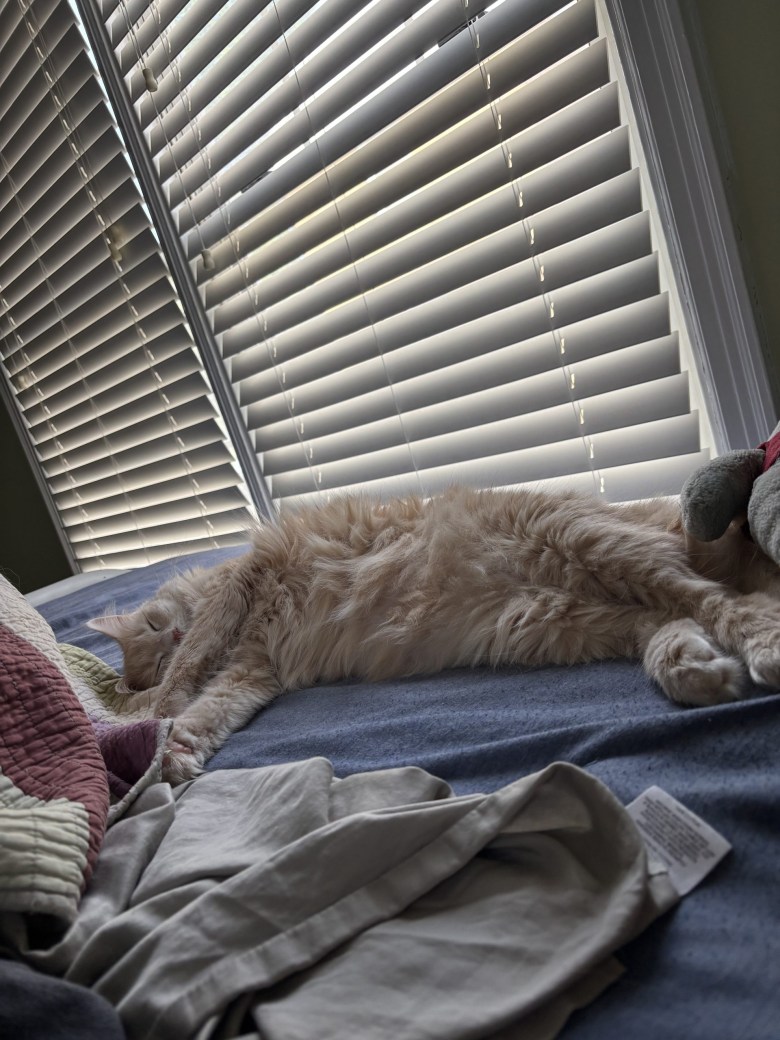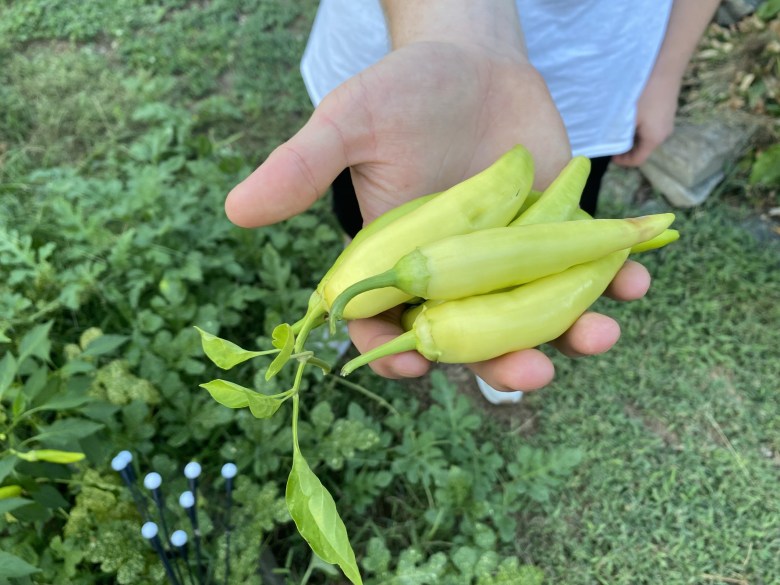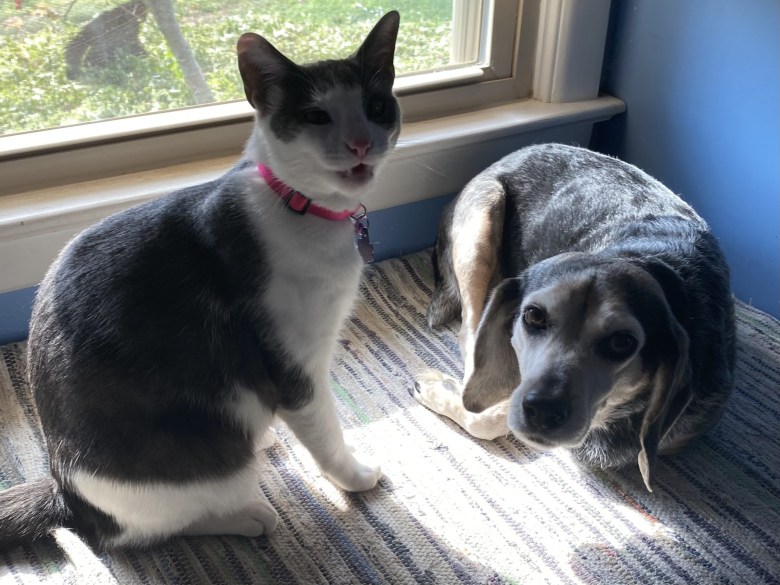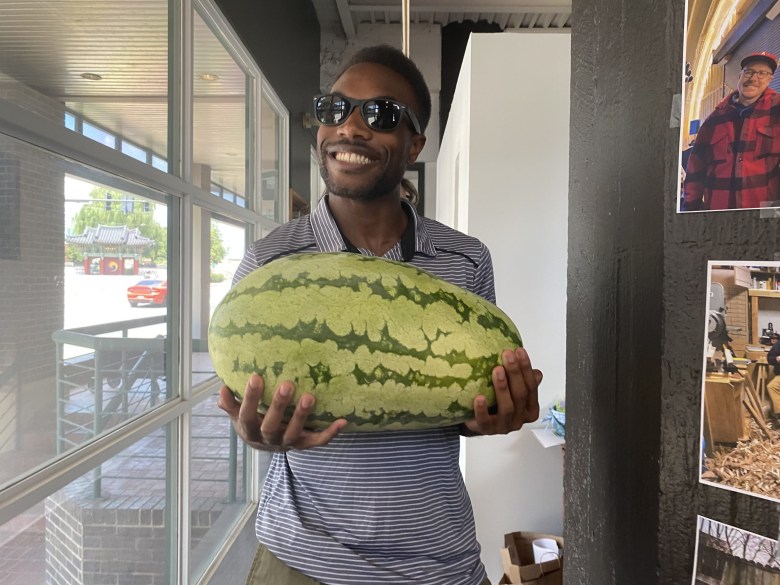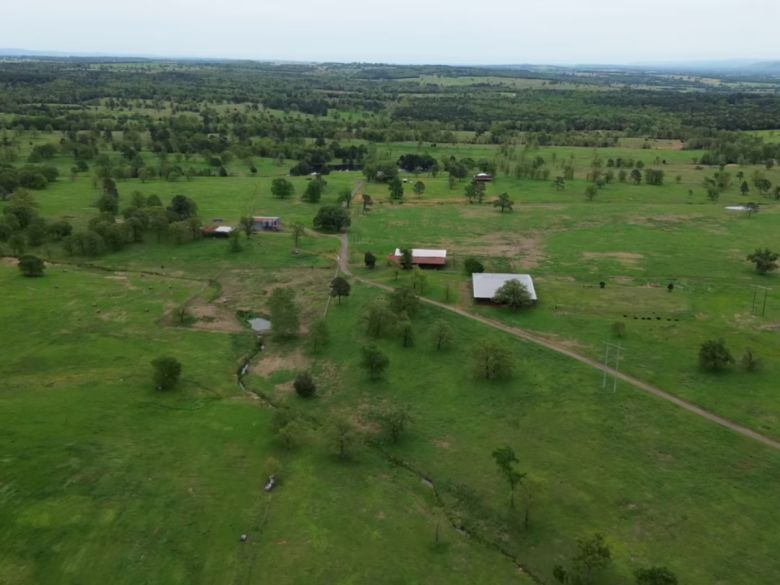Attention, wildflower foragers: poison hemlock, which resembles Queen Anne’s Lace, is rife in the wild.
Probably most known for being Socrates’ preferred elixir after the philosopher was executed in ancient Greece for corrupting Athens’ youth and refusing to acknowledge the city-sanctioned list of gods, poison hemlock is an invasive and poisonous biennial that belongs to the carrot family.(NIH would appreciate seeing those invoices for toxicology reports.)
According to agronomists, hemlock is on the rise for a number of reasons, one of which is that weeds like hemlock thrive when spring and summer storms flatten trees. Hemlock is a taproot plant that can withstand a harsh winter and reappear in the spring, but it can take up to two years for it to die out after it has taken root.
To follow in Socrates’ footsteps, you would need to consume a significant dose of hemlock. Even though 500 grams, or roughly one pound, will poison cattle, the herb is still something to be cautious of. The entire hemlock plant, including the stems, leaves, fruit, and roots, is poisonous, in contrast to several other hazardous plants. Randy Forst, the Consumer Horticulture instructor at the Cooperative Extension Service of the University of Arkansas Division of Agriculture, gave us advice on how to identify the material, which primarily appears in pastures and forested areas around the state.
As Forst suggested, I tell others to look at it when it’s blossoming. There is no purple splotching on the stem of Queen Anne’s Lace. The hemlock will. You’ll notice it. Additionally, the wild carrot, often known as Queen Anne’s Lace, has a pubescent, hairy stem. It’s hairy from beginning to end. Furthermore, it’s not on a fully grown poison hemlock plant. It resembles a smooth, waxy stem.
According to Forst, livestock usually have the common sense to avoid hemlock, but during the summer months when dryness strikes Arkansas, they will consume everything green, including hemlock.
Although eating poison hemlock is the biggest risk, some people may get dermatitis from coming into touch with the plant, so it’s crucial to cover your skin and wear eye protection when removing the plant, according to Meaghan Anderson, a field agronomist at Iowa State.
And do your research when you’re unsure! Forst said, “Scout, scout, scout.” Additionally, know what you’re trying to find. Even better, train your sight a little by following botanists. You may follow famous forager Alexis Nicole or go through the Plant of the Week series or foraging database offered by the U of A’s cooperative extension office. Be careful out there.
It’s dragon-slaying time!
The Arkansas Times, which relentlessly defends the fundamental rights and liberties in our community, stands as a light of truth in an era when critical voices are being silenced more and more. Our commitment to provide uncompromising journalism has never been more important, especially with Arkansas in the center of a broad culture war that is impacting our libraries, schools, and public conversation. We can’t accomplish our goals of defeating dragons and holding those in positions of authority responsible alone. You can guarantee that independent journalism in Arkansas not only endures but flourishes by making a contribution today. We can join the fight and make a difference together.
